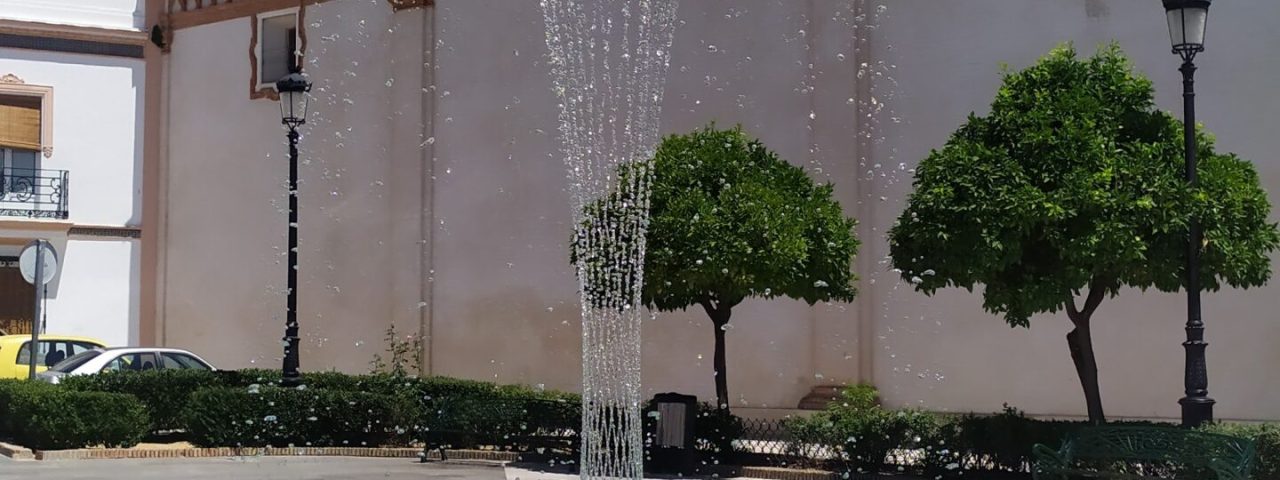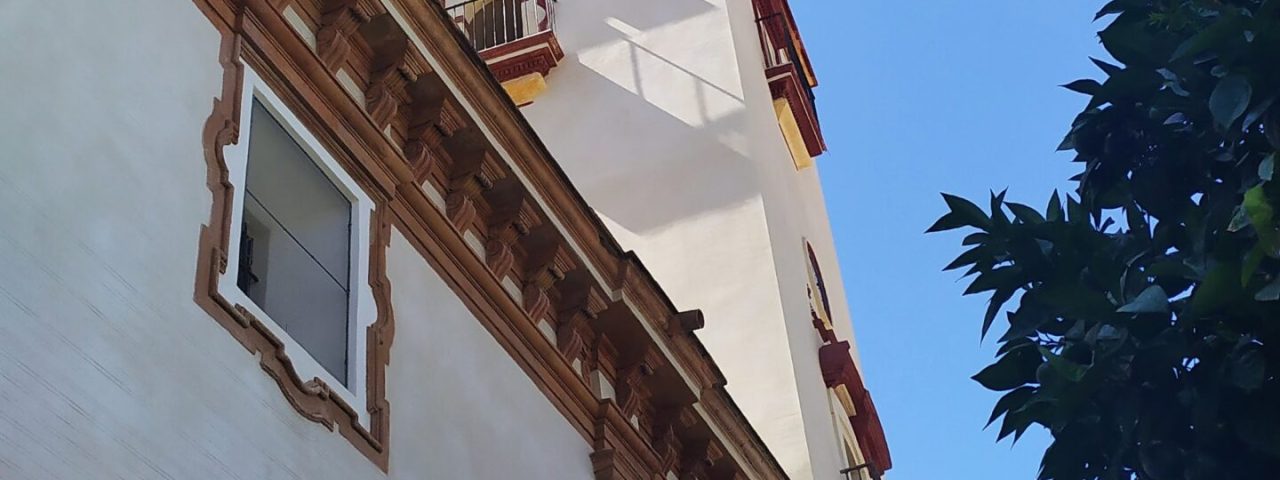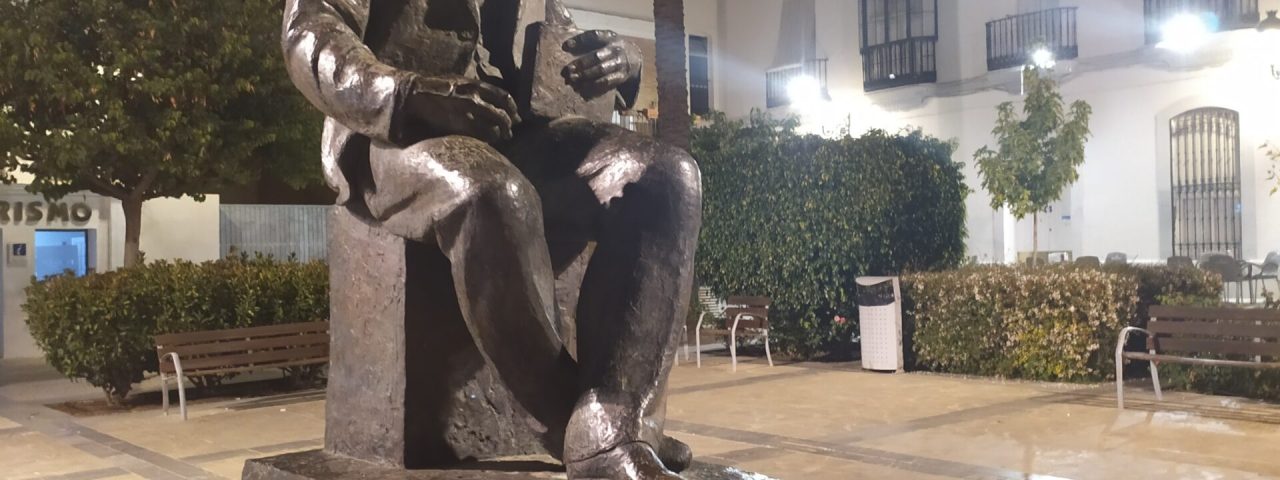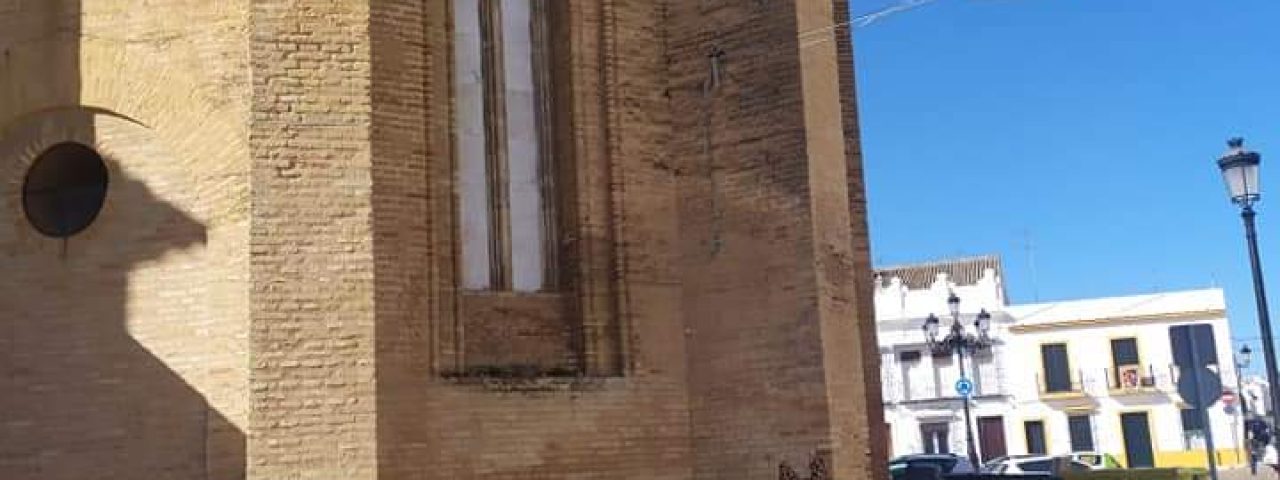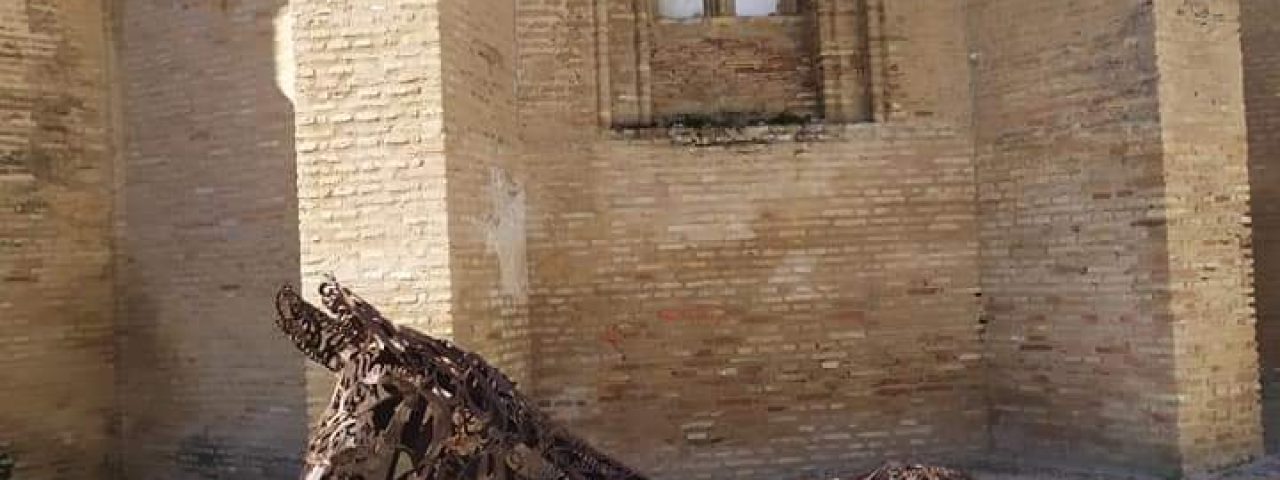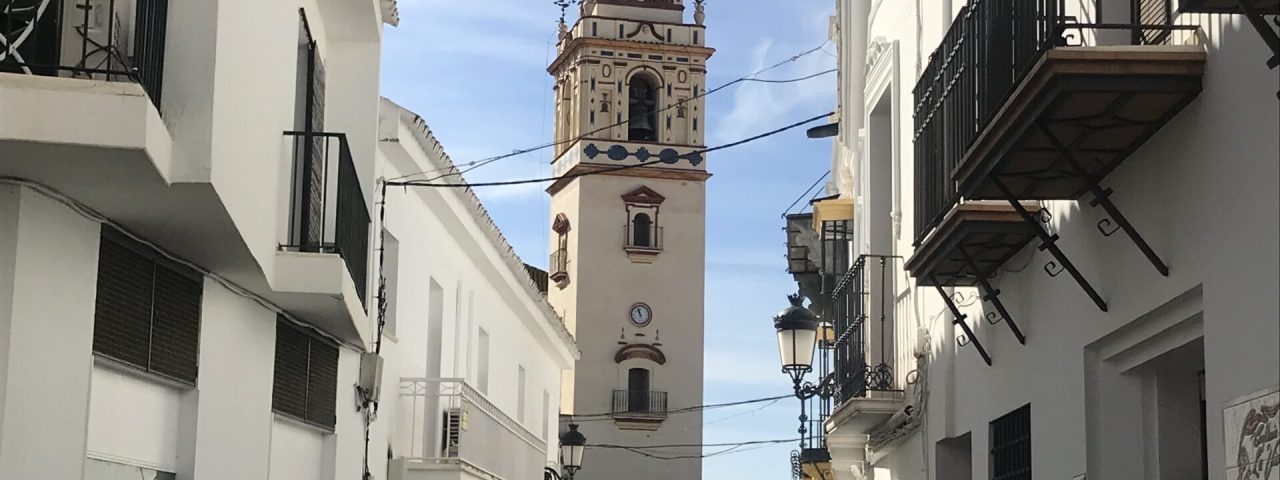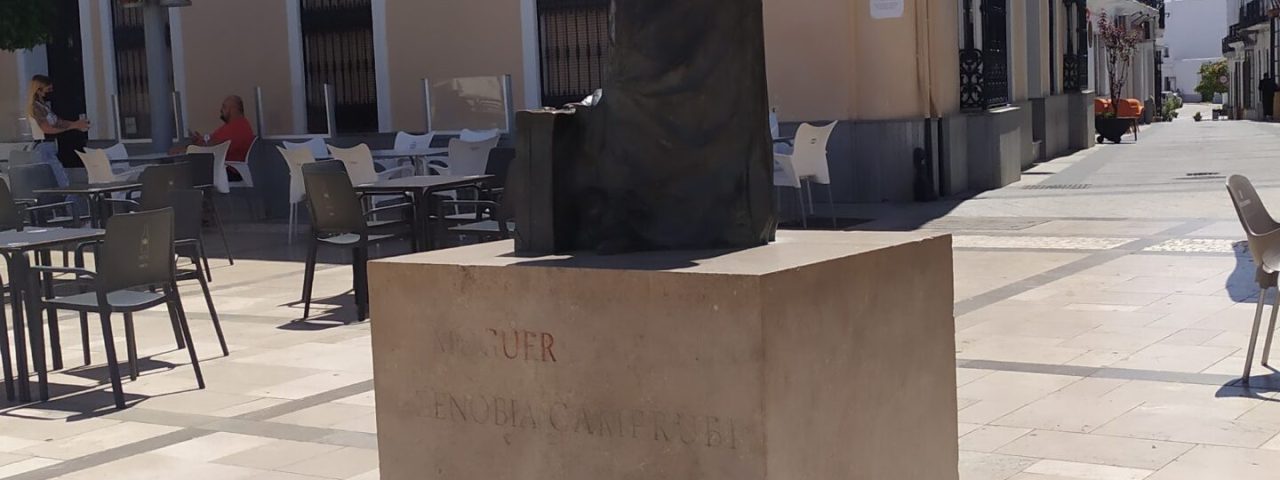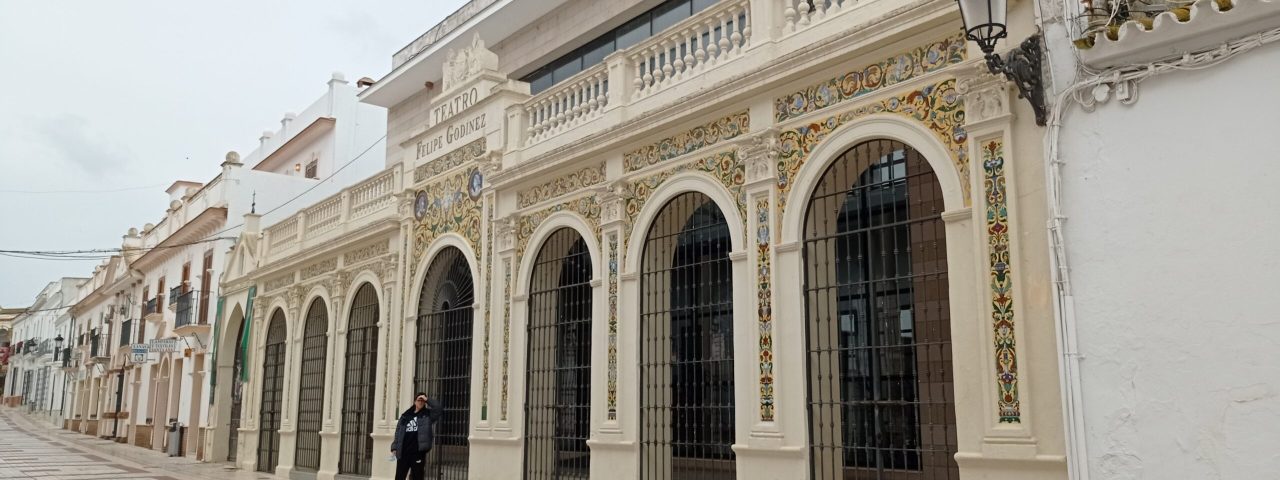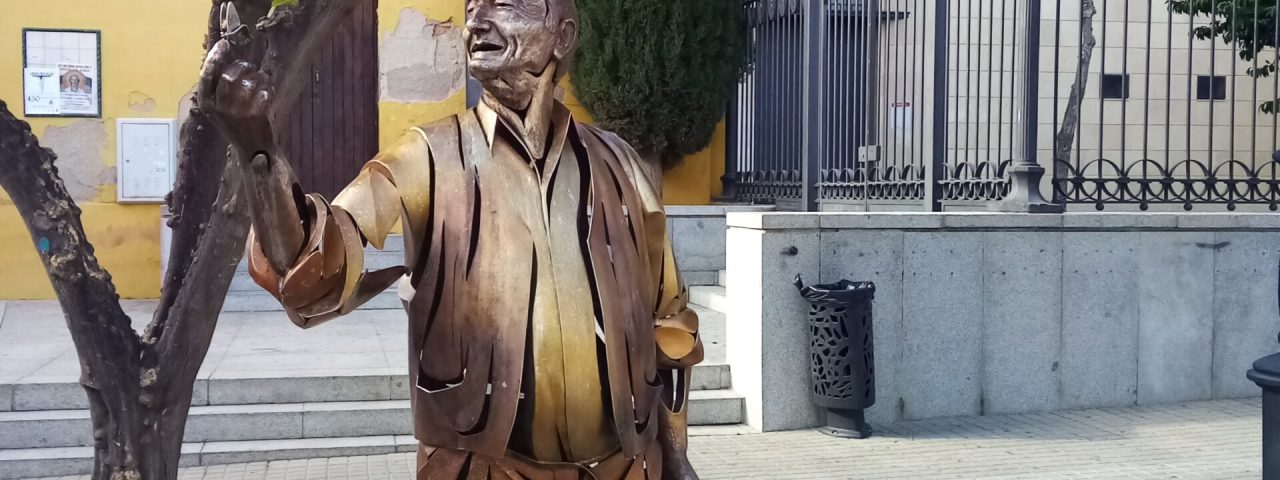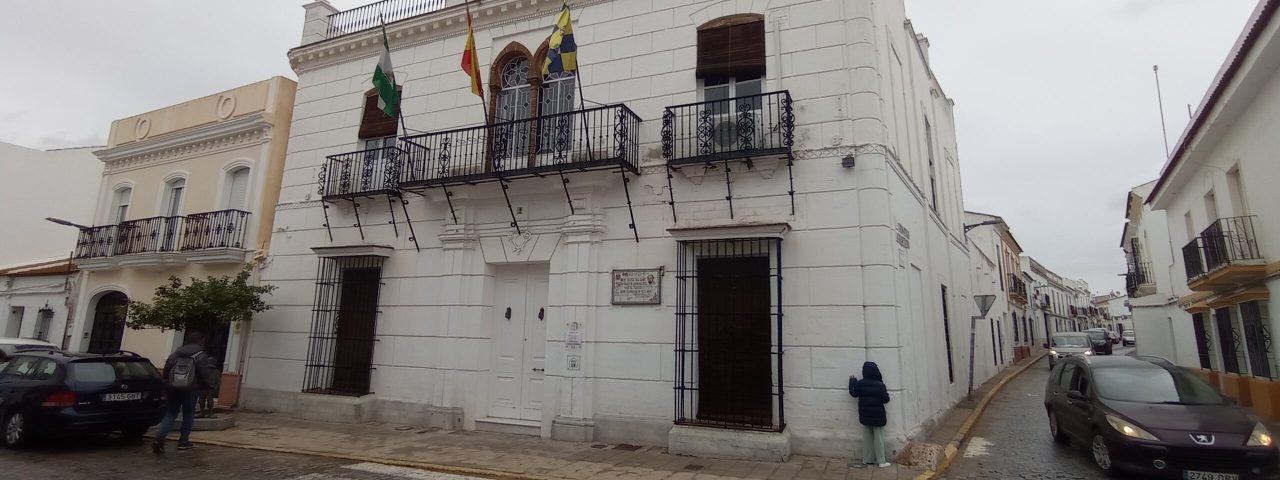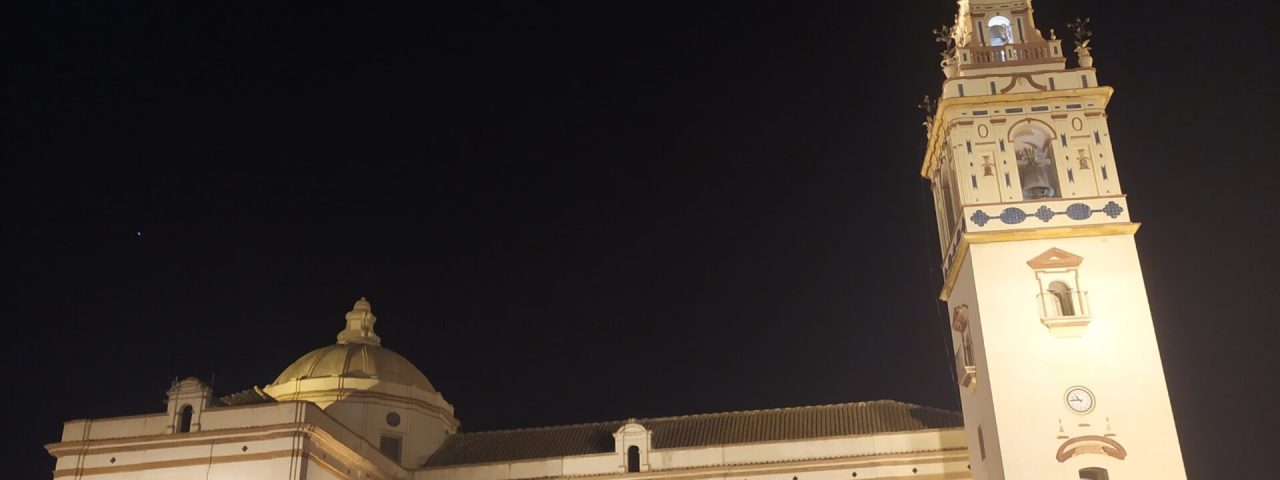Moguer boasts a rich historical tapestry that dates back to Roman times, though it was under Moorish rule that the town truly began to develop, as evidenced by the remains of Moorish architecture and town planning. Following the Christian Reconquest in the 13th century, Moguer became a significant agricultural center, particularly known for its production of wine and olives. The town’s historical significance continued into the Age of Exploration, as it played a key role in Christopher Columbus’ journey to the New World, with the nearby Monastery of Santa Clara providing vital support.
One of Moguer’s most famous cultural contributions is its association with the Nobel Prize-winning poet Juan Ramón Jiménez, born here in 1881. His poetic works, particularly Platero y yo (“Platero and I”), celebrate the town’s landscapes and traditions, making Moguer a destination for literary enthusiasts. The town celebrates its cultural heritage through festivals such as the Romería de Montemayor, where locals pay homage to their patron saint, and the Fiestas Colombinas, honoring Columbus’ historic voyage.
Traditions and customs in Moguer are deeply rooted in Andalusian culture, with vibrant flamenco performances, religious processions, and lively fairs punctuating the town’s calendar. The Semana Santa (Holy Week) and Feria de Moguer are particularly notable, drawing visitors from across the region to witness Moguer’s deep sense of community and devotion.

